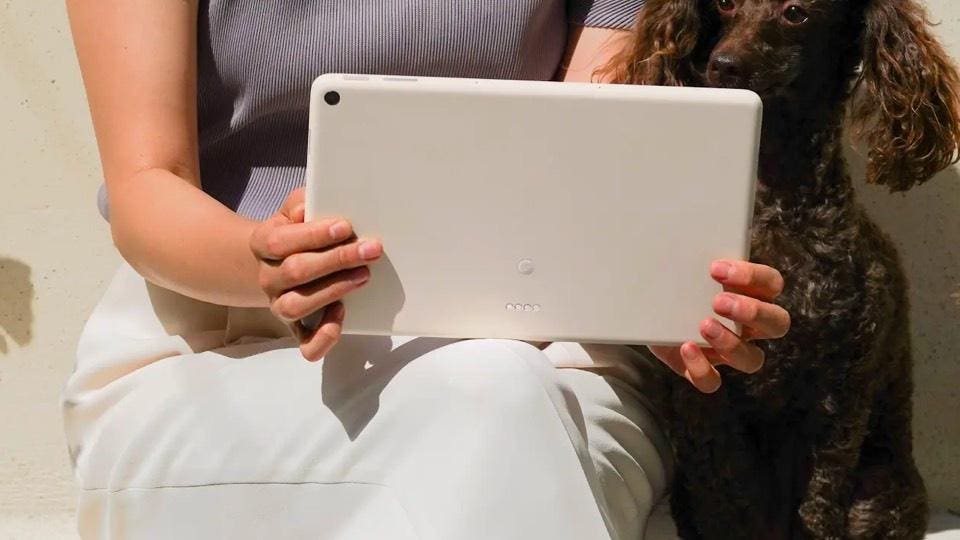With the launch of the Pixel Tablet earlier this year, Google demonstrated its continued investment and support in the Android tablet space, with the company hoping for consumers, manufacturers, and developers to follow them and improve the community.
This weekend has seen a small but significant win, as a tablet-focused update to Instagram has started to roll out for users of the Pixel Tablet and Galaxy Z Fold 5.
The update means that, with your tablet in portrait mode, Instagram pushes out your feed to the edges of the screen. The main navigation icons (such as home, new post, and search) are now shown in the sidebar. When you start to watch video Reels, the interaction icons will snap to the sides of the screen rather than the sides of the video.
It’s not complete, though…. With your tablet held in landscape mode, Instagram defaults to expecting a smartphone screen, and the dreaded black blocks appear on either side of the app’s main screen. And, of course, this is a staggered roll-out, with only some accounts getting access to the new software.
In time, this should be available both to every Instagram user and to every Android tablet.
Why is this important? One of the biggest weaknesses in Android’s large-screened hardware is support from app developers. There is little point in consumers and enterprise partners investing in an Android tablet if the Android apps do not deliver a tablet-first experience. It’s a nice backstop to have the tablets ‘fake’ being a phone to the software, but that wastes so much potential.
Yet developers will not code for Android tablets if there are no users.
This is why the Android team will welcome Meta’s addition to a tablet mode to the Instagram app. The core apps of a user’s life are not limited to the first-party web browser, email client, and video player that Google ships with Android. Instagram is one of the third-party apps that countless millions rely on.
Those million will want Instagram on a tablet to act like Instagram on a tablet, not Instagram pretending to be a phone on a tablet.
Having Instagram be tablet-ready is another outward sign that the tablet ecosystem is growing, which benefits not just Google and the Pixel Tablet but also Samsung’s Tab series, new tablets from Honor and OnePlus, and the growing number of tablets and foldable from Google’s Android partners.
Now read the latest tablet headlines in Forbes’ weekly look at the Android world…
Read the full article here










